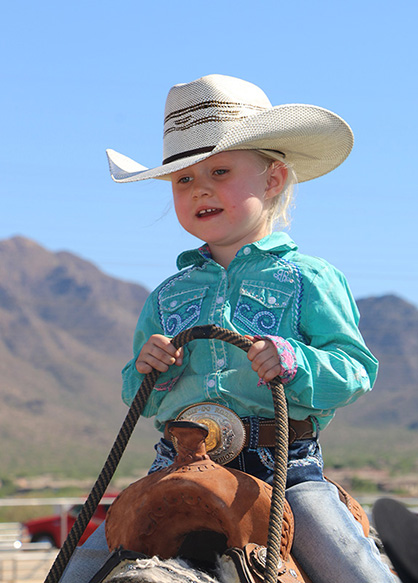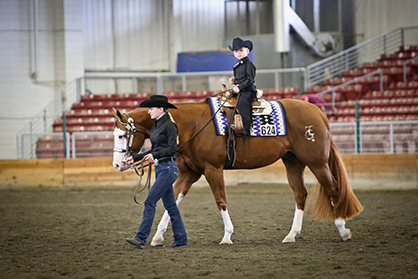Does Horseback Riding Improve Your Child’s Intelligence?
By: Brittany Bevis
As equestrians, we’re well aware of the numerous benefits of horseback riding: improved coordination, development of balance and motor function, muscle strengthening, anxiety relief, improvement in self confidence, relaxation, and development of a strong work ethic, just to name a few. But did you know that your favorite past time could also make you smarter?
According to a new study coming out of Japan, recently published by Frontiers in Public Health, horseback riding actually improved the ability of children to solve arithmetic problems.
The study grouped 106 children, 34 boys and 72 girls, ages 10-12 years old, into three groups: horseback riding, walking, and resting. All of the test subjects rested on seats alongside an arena fence for 10 minutes. The riding or walking was done for 10 minutes followed by 5 minutes of rest to perform Go-No Go tasks. These tasks were simple behavioral tests that determined the subject’s ability to take appropriate action (Go reaction) or appropriate restraint (No-go reaction) depending on a situation presented. After the tasks were performed, the riding or walking resumed and was followed by a 10 minute rest. Then, all of the children completed arithmetic problems after the second 10 minute session of either walking, riding, or resting.
30 arithmetic problems, consisting of 1 digit +1 digit were chosen at random and printed on a piece of paper. The children were instructed to press the space bar on a computer when they began answering and when they finished, so the computer could calculate the time it took for them to solve the problems.
Also, there were three different horses used in the study: a half-breed mare; a traditional Japanese horse, a Kiso; and a pony gelding.
 The study showed that the horseback riding group had better results when performing tasks and solving math problems than the walking or resting group. Researchers believed it was due to the activation of the sympathetic nervous system, by the vibration of the horse’s movement.
The study showed that the horseback riding group had better results when performing tasks and solving math problems than the walking or resting group. Researchers believed it was due to the activation of the sympathetic nervous system, by the vibration of the horse’s movement.
Another interesting note is that children who rode the Kiso horse showed statistic differences from the children who rode the other two horses. Researchers believed this was due to the unique vibrations created by this breed’s gait. “Horse B is a Kiso horse, the Japanese traditional horse whose breed originates from the Kiso Valley and the Kiso Sanmyaku Mountains, in the Nagano Prefecture of Japan. The healing effects of riding Kiso horses are legendary in Japan.”
Each of the four, typical horse gaits, walk, trot, canter, and gallop, produce specific vibrations. In this particular study, only vibrations associated with horseback riding while walking were examined. Still, the up and down forces were found to be significantly greater with the Kiso than the other two horses.
The study determined “the most important beneficial factor of horseback riding for children and for human health appears to be associated with the horse’s vibrations.”
Click here to view the whole study: http://journal.frontiersin.org/article/10.3389/fpubh.2017.00008/full











